We caught up with the brilliant and insightful Jaime Sharp a few weeks ago and have shared our conversation below.
Jaime , appreciate you joining us today. What’s been the most meaningful project you’ve worked on?
In Fall of 2020, I had just begun my master’s from my living room couch (literally–thanks to COVID). I was one of a few dozen students enrolled in Kristy Swift’s Prost(ed) Music course, which also served as my introduction to my dear friend and business partner Harry Mathurin-Cecil. The discussion of the day was centered around Richard Wagner–in a post-George Floyd environment do we “cancel” problematic composers? Can we still perform their work regardless of personal views or actions? I posed a counter-argument to the group, and asked why we aren’t spending this energy exploring and discovering new works by composers historically excluded from the canon (e.g. anyone non-White, non-male, or non-cis). It’s baffling to think that I was enrolled in graduate studies for a master’s in vocal performance, and yet the only repertoire a part of my curriculum was written by primarily dead, Euro-centric White men. My earned title that hangs on a limp piece of paper in my office implies that I am a master of music, but fails to address that the conservatory has a narrow-minded view of what they consider “music”.
I received an email from Harry, a current DMA choral conducting student, following our class conversation on Wagner. He had been sitting on the idea of constructing a choral ensemble with the mission of performing works that the classical sphere has far-to-long failed to acknowledge. Following that discussion, Hear Us, Hear Them came to fruition in October of that year. Our group is dedicated to performing, engaging with, and inspiring all identities of artistry in order to enrich and progress the choral community. And what exactly does that look like? Well, beyond just programming and singing music by BIPOC, LGBTIA+, women, and disabled composers, we push it a step further to cultivate connections around these creatives and their communities. For example, we began a partnership with the incredible indigenous conductor and composer Danielle Jagelski last year. She has been gracious enough to not only allow our ensemble to premiere her piece “Come With Me,” but commissioned a stunning new work “Little Ones,” an ode to her mother who was a victim of the residential school system in the United States. We collaborated with the Greater Cincinnati Native American Coalition to educate our members on the history of this horrendous system and how we can support the local indigenous community in Cincinnati. Our concerts are also lecture style–featuring vast information on not only the composer, but relevant events that surrounded or inspired their music. Dr. Jace Saplan, Kanaka Maoli advocate, artist, and culture bearer, shared the expansive musical history of Hawaii and cultural significance in the text of the pieces we selected to perform by Liliʻuokalani, the only Queen and final monarch of the Hawaiian Kingdom.
Our third season will see two new commissions; another from Jagelski in cooperation with Cincinnati Poet Laureate,Yalie Saweda Kamara, and a piece from 17-year old rachel mugemancuro as part of The May Festival’s 25 for 25 Project with Luna Composition Lab. It is a rare privilege and an honor to center my work around people that look like me. I struggled with feeling erased in the classical music sector–before Summer of 2020, we were not regularly seeing symphonies and operas by Black composers. Our communities were rarely mentioned in music history and theory classes, and it required personal initiative to seek out and sing this music. For now, we must continue to drive these ideals, but I long for the day when we are no longer needed. When the industry realizes that exclusion deprives everyone of greatness.
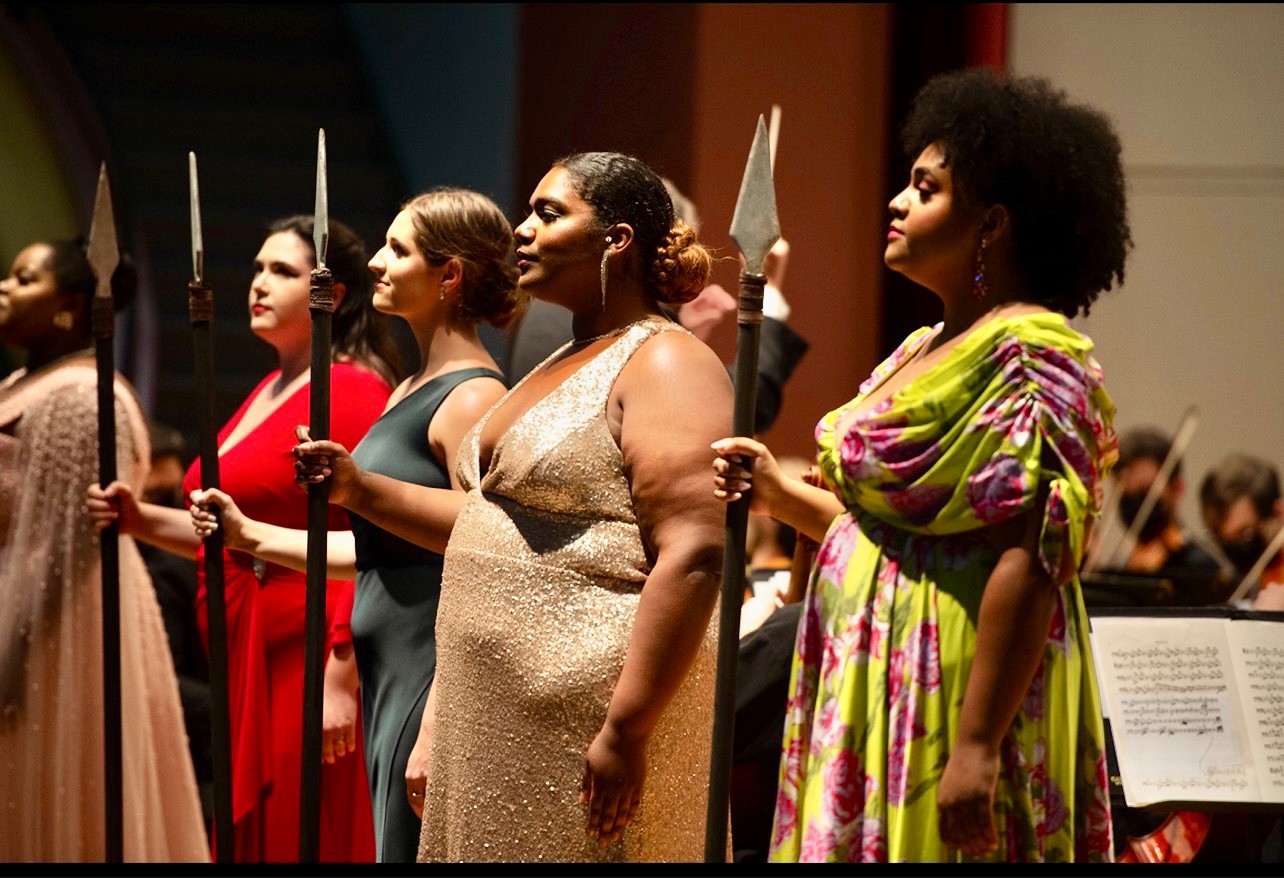
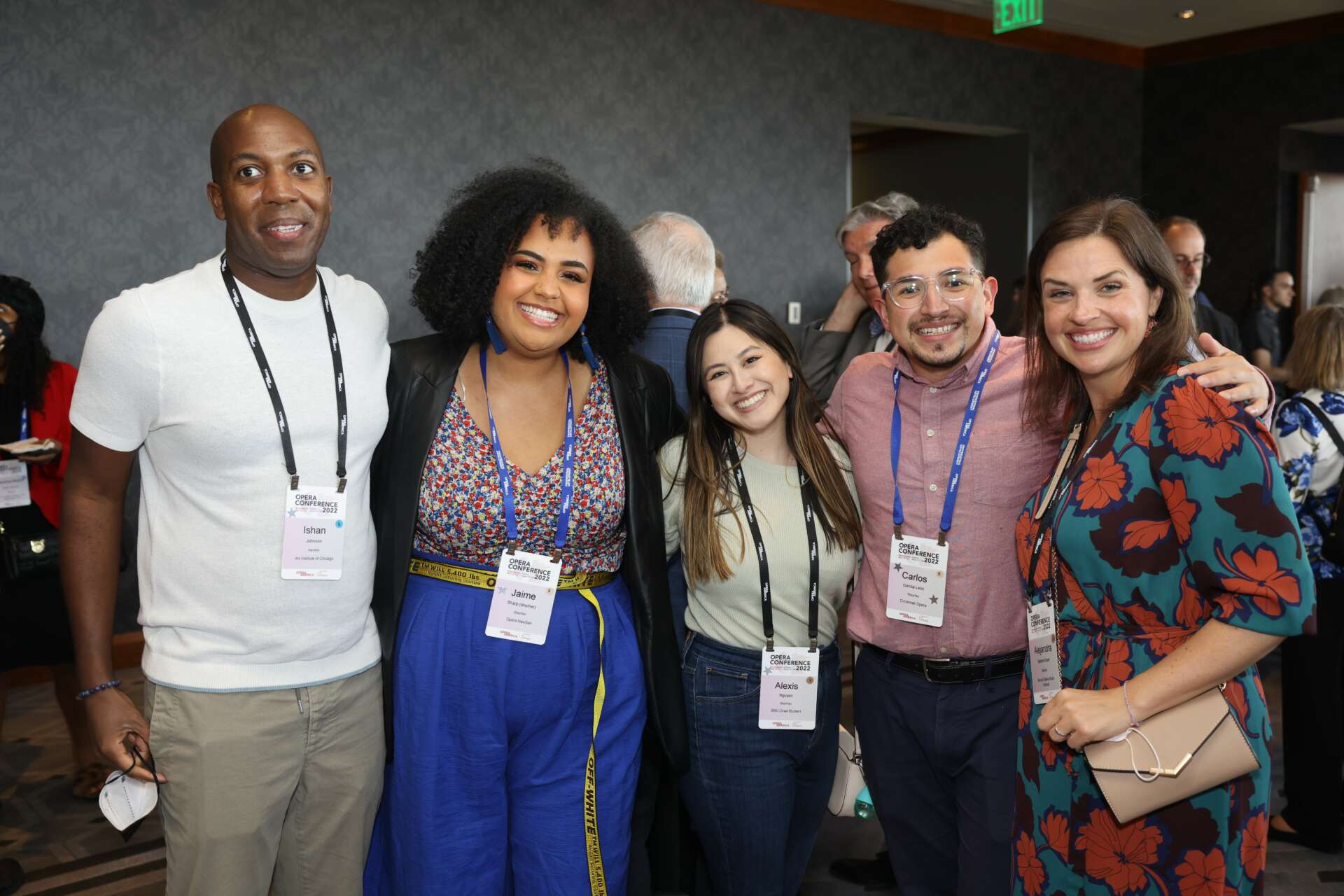
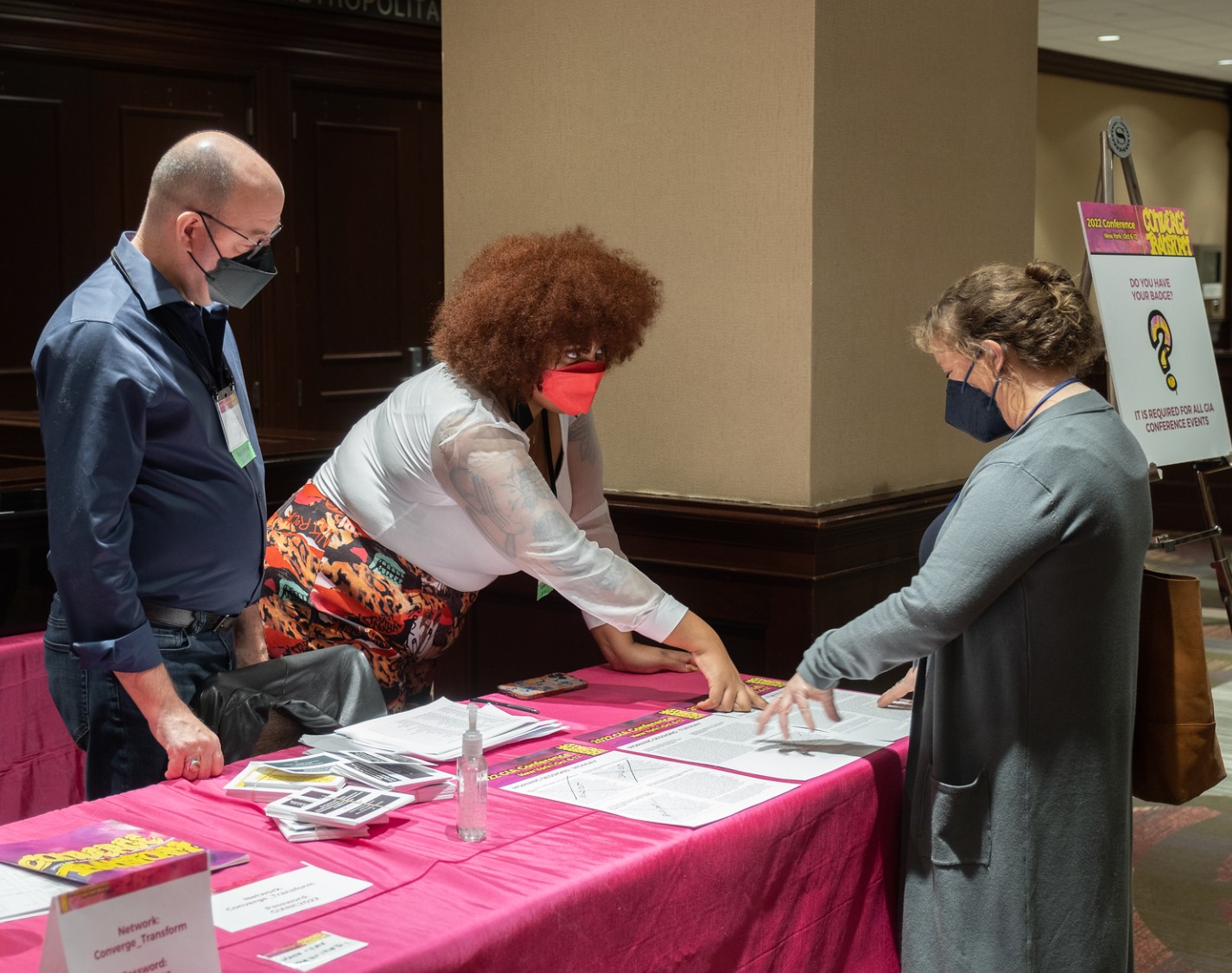
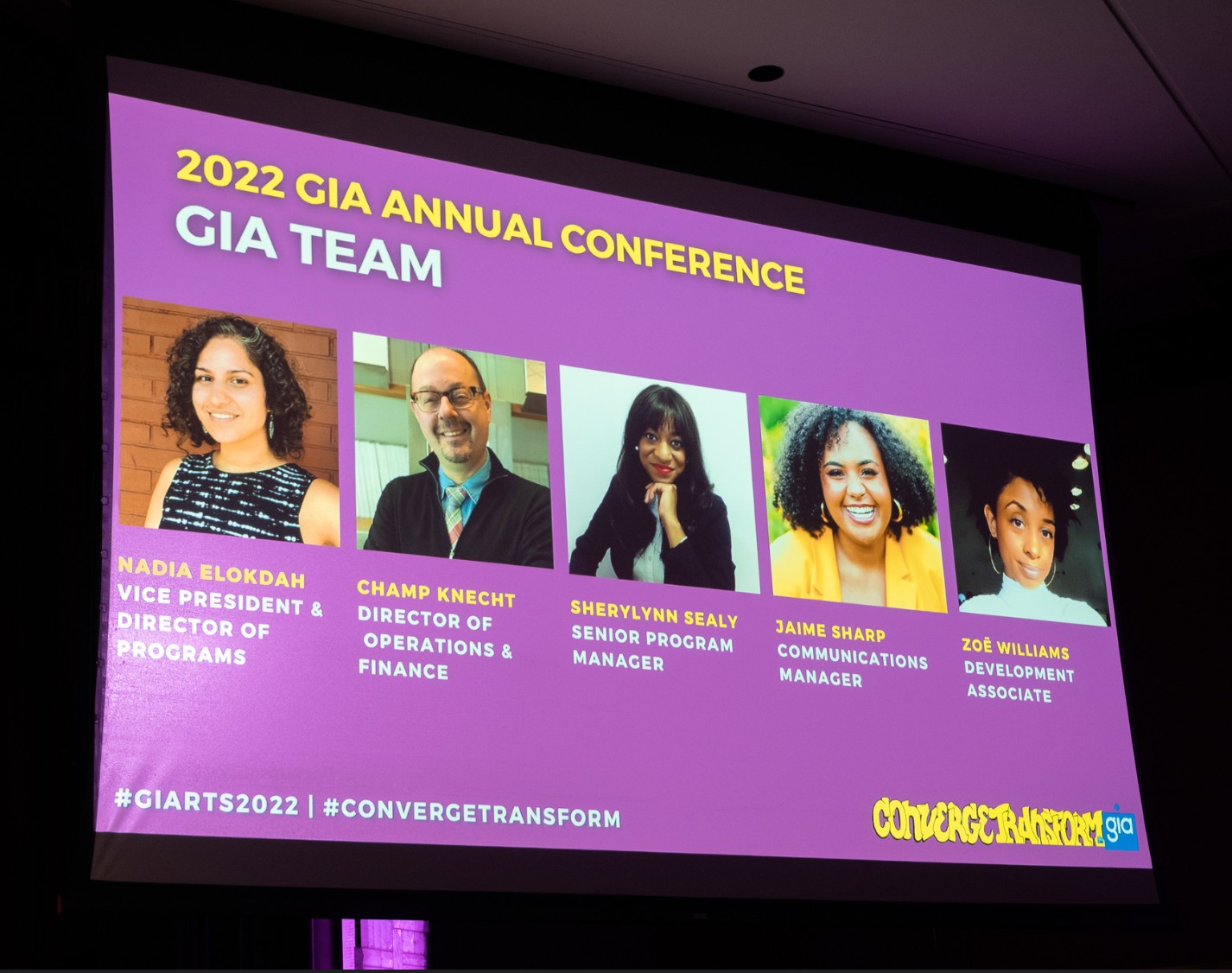
Awesome – so before we get into the rest of our questions, can you briefly introduce yourself to our readers.
I entered the University of Michigan as a vocal performance student–set on the idea of having a career as an opera singer. At the time, my “backup plan” was speech pathology (but unfortunately the science courses had other ideas). I came across a poster in the student lounge of the music school advertising the UMS Student Committee. Unbeknownst to me, Ann Arbor housed an award-winning organization that presents world-class music, theatre, and dance, quite literally walking distance from my dorm. University Musical Society (better known as UMS), was my introduction to arts administration. It was never on my radar prior–which seems a bit silly when I reflect–who did I think kept the opera house’s running? My involvement with the group grew, leading me to serve as Co-President my senior year and intern in the marketing department. Simultaneously, I found myself in leadership positions with the Gilbert and Sullivan Society and other independent student projects.
My desire to assist with programming and various administrative duties had begun to flourish, but I still found myself on my predesigned pathway to an opera career–then entered COVID. Upon aimlessly scrolling social media during quarantine, I came across a Facebook post in a singer group. Someone had an idea to develop a virtual opera company in order to provide singers with the opportunity to collaborate and perform while we rested with uncertainty. I commented on the post saying I was interested in helping out and had some marketing experience from my internship with UMS. Before I knew it, the founder and I went back-and-forth, and then I became President & General Director of Opera NexGen. I took to YouTube business school and spent my days mapping out the organization, all the while starting my full-time graduate vocal performance program. We had a phenomenal team of volunteers who found the post just as I did. I worked to sanction people into jobs and departments, build a board of directors, and brainstorm on how exactly we would fund this project. In a few short months, we publicly launched and received an outpour of support. Our inaugural production received nearly 400 auditions, and our online community grew rapidly. People were hungry to create. I still owe much of our success to our technical leader, Brittany Jeffrey, and her team members Wyndhem Ennaemba and Sam Weiser, who despite telling me our idea was impossible, triumphantly put on a full production of Mozart’s Così fan tutte 100% virtual and live, with all of our artists (including the conductor) being located in different states–on a shoestring budget might I add. We challenged what our industry thought possible and didn’t stop there; the Generation NOW webinar series brought light to concealed conversations around artist management, body shaming, and the realities for disabled artists.
Just two months into my master’s and less than a week after the launch of Opera NexGen, Hear Us, Hear Them ensemble was born. The ensemble will always have a special place in my heart–it is not only the first organization I founded, but the mission resonated so deeply with my own experience of feeling siloed in the classical music sector. January 2021 paved an opportunity for me to support an existing organization (I decided starting two nonprofits in the span of a year was enough), and I became the Administrative Manager for the Black Opera Alliance. These three organization’s marked the takeoff point in my career. I went on to work in the marketing departments of Opera Theatre of Saint Louis, Cincinnati Symphony Orchestra, and American Repertory Theatre. I was accepted into the inaugural cohort of OPERA America’s Opera Leaders of Color, which led to my tenure of fellowship programs; EDI Research Fellow (Association of Arts Administration Educators), Leadership Through Mentorship (Women of Color in the Arts), Early Career Development Program (Tessitura Network), and the Hart Institute for Women Administrators (The Dallas Opera).
An important segment of my journey has been collaborating with other members of the arts and culture sector. I have been grateful to speak on a number of panels addressing issues in our industry, serve on grant and award committees at the private and public level, and remain active with the Cincinnati Symphony Orchestra’s Multi-Cultural Awareness Council; Black Administrators of Opera; and SINGTANK, a singer-led initiative of Victory Hall Opera. I now serve as the Communications & Publications Manager with Grantmakers in the Arts, the only national association of private and public arts and culture funders in the country. I am also a part of the current cohort of BIPOC Leadership Circle (artEquity), Racial Equity Learning & Action Cohort (United Philanthropy Forum), and Turn the Spotlight Fellowship where I am mentored by Afa Dworkin (Sphinx Organization) and Melissa Wegner (Metropolitan Opera). I am also an active performer having recently sung with Des Moines Metro Opera, Opera Ithaca, Akron Symphony, and EXIGENCE Vocal Ensemble. Because I do not enjoy having downtime, I am pursuing my MBA and MA in Arts Administration part-time.
I strive to evolve organizational culture, and diversify the arts through dynamic leadership rooted in equity and inclusivity. I’ve been influenced by my incredible mentors who have instilled in me the importance of transparency, candor, and the passing of information to mold the next generation. As a vocalist, I seek to invite artists to explore their entrepreneurial talents in order to craft change on and off the stage. I imagine an artist-centric structure that asks creatives what they need, as opposed to telling them. I believe the key to progressing the field begins with representation at the executive level; requiring not only thorough knowledge of the sector, a nuanced perspective on social issues, but the immovable promise to prioritize people before all else.
Is there a particular goal or mission driving your creative journey?
Ultimately, I want to see more people that look like me running arts organizations. This isn’t limited to performing arts, but spans within the visual arts/museum sector and philanthropy as well. So many equity issues our industry faces are avoidable by simply having a diverse group of decision makers. Leadership has such influence on company culture too–one of the most attractive things about Grantmakers in the Arts was that there were so many women of color on the team. It made me feel safe and assured that I would be able to contribute to the space without risk of being harmed. In performing organizations, representation onstage also greatly impacts the demographic of your patrons. I remember seeing Misty Copeland in Romeo and Juliet at the Detroit Opera House. I had never seen so many Black people at the ballet. I felt my heart swell every time I laid eyes on a young Black girl in awe of the performance–everyone deserves that experience. Here in Chicago, two of the major classical organizations (Chicago Philharmonic and Chicago Sinfonietta) have Black CEOs. I can’t put into words what walking into those concerts feels like other than, right. My presence doesn’t feel questioned–the fear of inevitably being for the thousandth time, “is this your first time at the symphony?,” dissipates. I am merely existing as any other attendee.
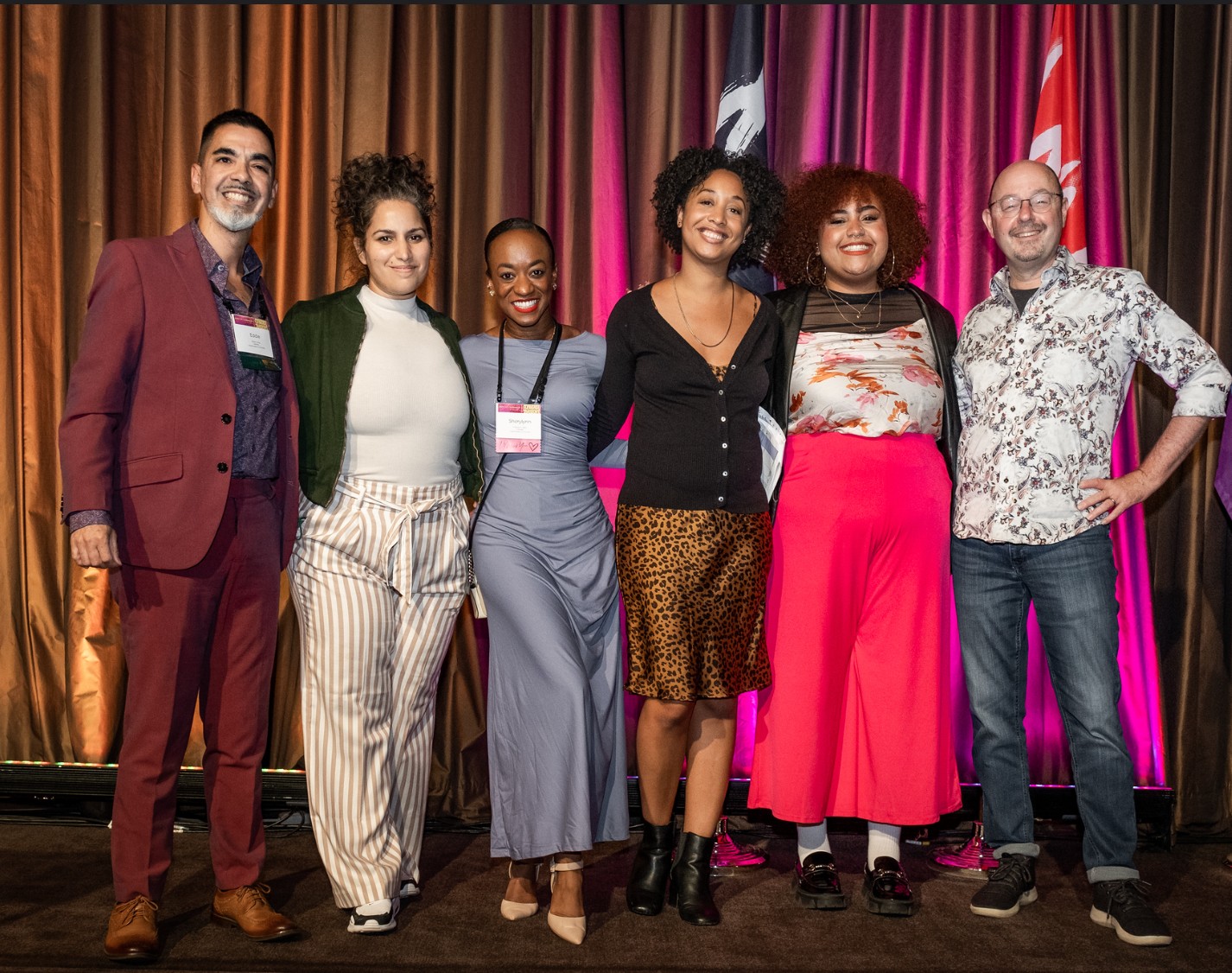
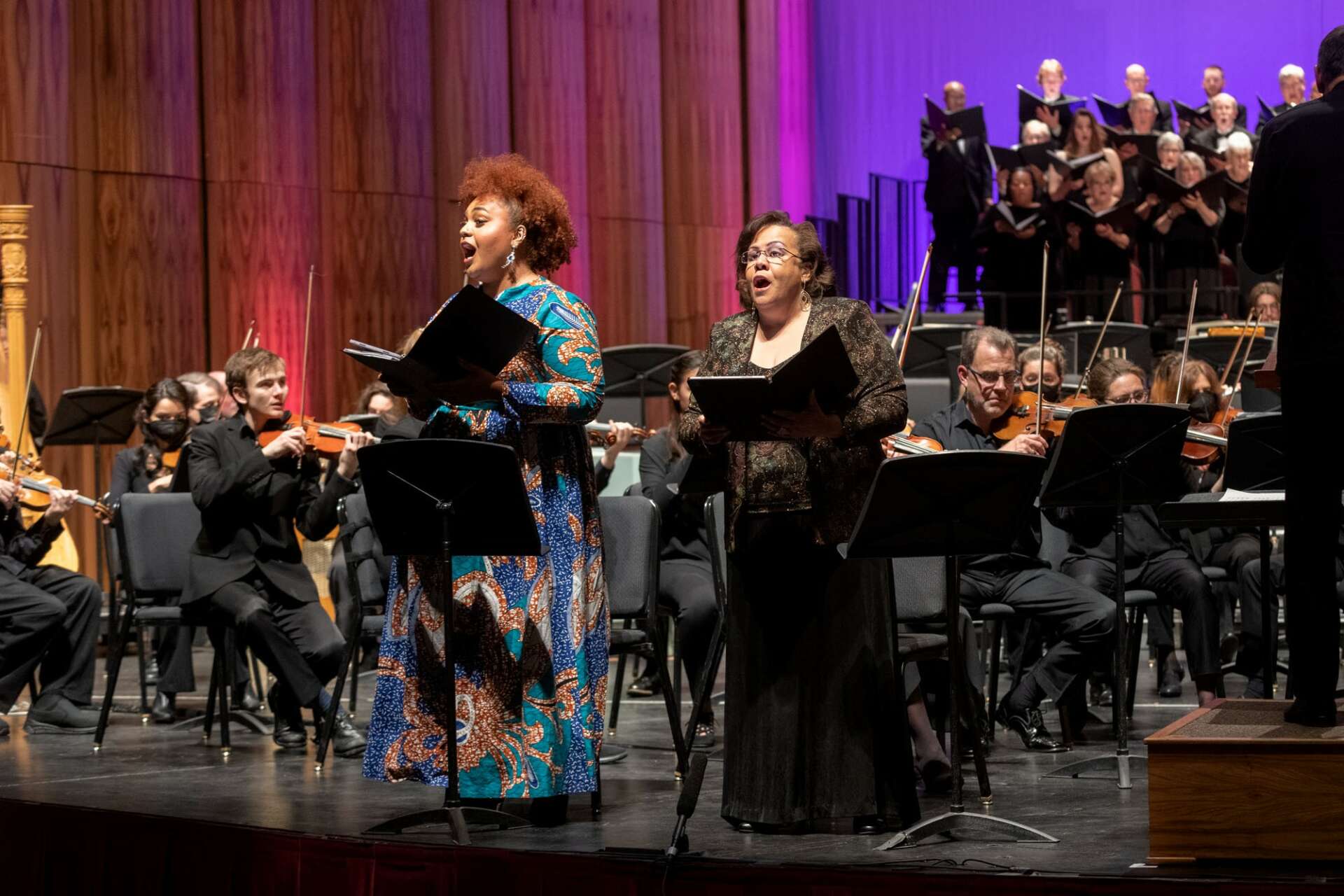
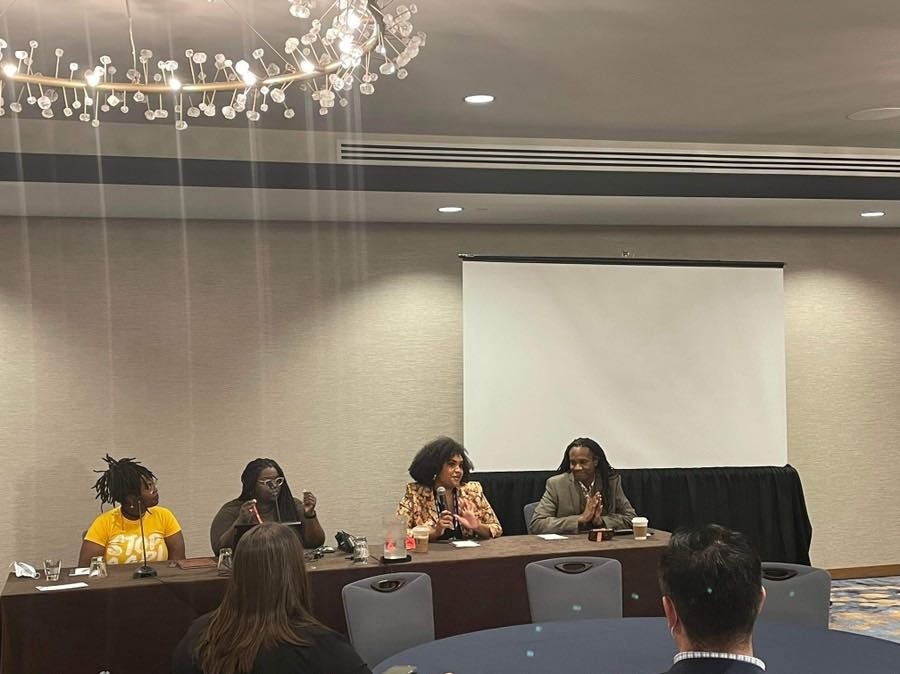
Looking back, are there any resources you wish you knew about earlier in your creative journey?
Definitely mentors. Mentors have been the greatest resource of my success. Being able to have candid conversations with an industry professional is priceless. Find someone who is doing what you hope to achieve and reach out to them–ask them questions about your fears, or about challenges they’ve faced. Surround yourself with a select few who support your endeavors and want to see you win. No degree, program, job, or experience can replace the relationship you can build with your mentor.
I must send a special thank you to all of the mentors who have helped me along the way (in no particular order); Stanford Olsen, Priti Gandhi, Anh Le, Joshua Thomas, Nate Bachhuber, Kathleen Kelly, Danni Gee, Sara Billmann, Mallory Shea, Diane Claussen, and Anne Trites.
Contact Info:
- Website: jaime-sharp.com
- Instagram: jaimesharp
- Linkedin: jaimesharp
Image Credits
Michael Palma Mir photography, M. Eilert Photography


